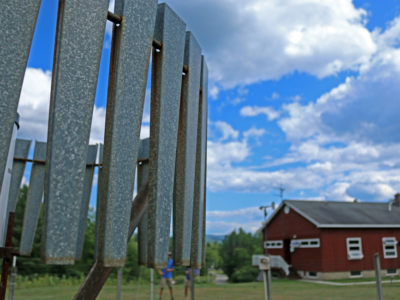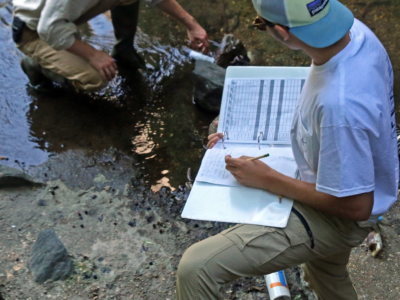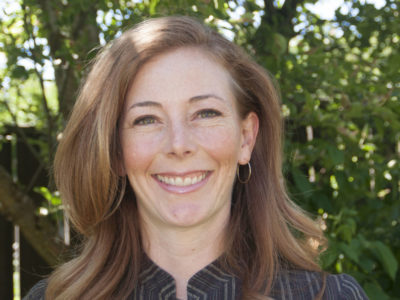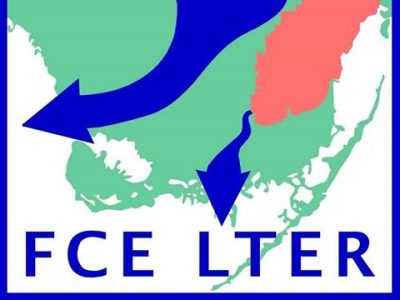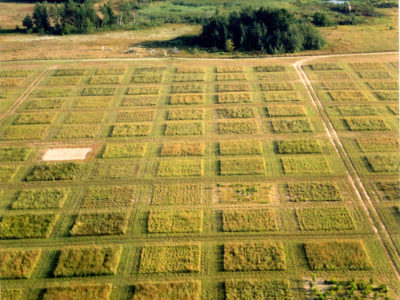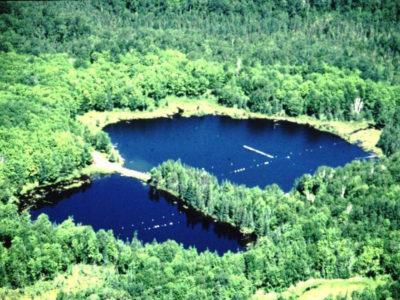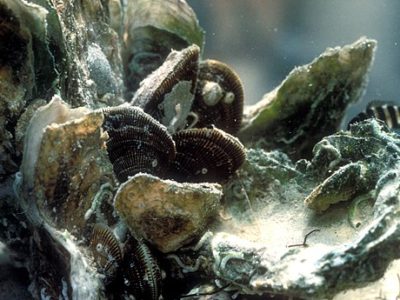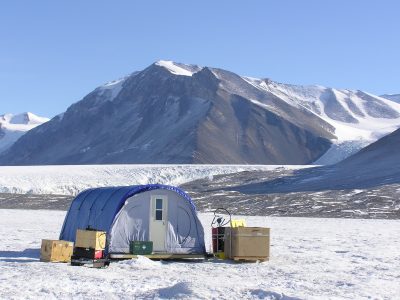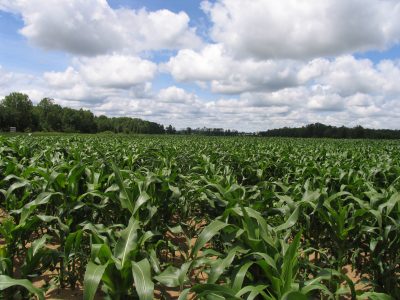LTER Road Trip: A Look into the future with DroughtNet
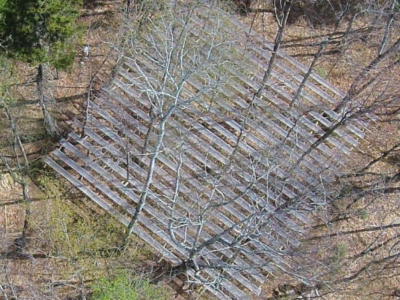
Visiting DroughtNet The canopy of the Hubbard Brook Experimental Forest glowed in the afternoon light. Sun filtered through the leaves, forming a patterned roof over the forest floor. I walked with Hubbard Brook team leader, Dr. Lindsey Rustad, past several research plots and up a small hill. Peeking at us through the tree trunks was… Read more »

